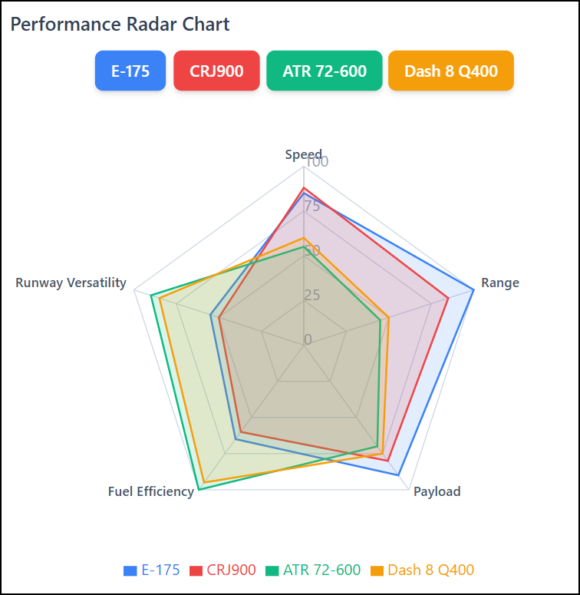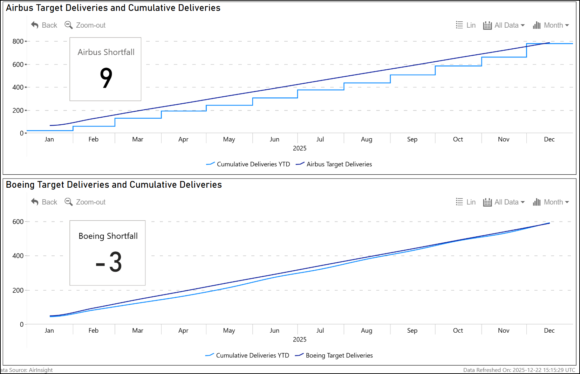How is this segment of the market doing? When oil prices spiked, the 50-seater regional jets become uneconomic. Since then, fuel prices dropped dramatically. Has the market come back for these aircraft?
This chart takes data from the Jet Information Services database over time and includes all jets under 100 seats. In 2016, this included 4,990 regional jets. The chart shows that while the percent of the fleet that became inactive has varied over time, the long-range trend has been for more of these aircraft to become inactive. Inactive in this post means “parked”. The aircraft can be brought back into service if required. The next chart shows the number of regional jets removed from service over the past few years.
To get another view, the next table lists the number of inactive aircraft for the key OEMs that are then removed from service or scrapped. The main sources of scrapped aircraft are the two OEMs who are no longer in business.
Do the OEMs that have left the industry explain the decline? The following table shows that indeed some of the decline in fleet activity is because of OEMs leaving the industry. But this does not explain most of the decline.
Only 21% of the inactive fleet at 2Q16 was from OEMs that have left the industry. Bombardier accounted for 34% of the inactive fleet and Embraer accounted for 38%. Which models from Bombardier and Embraer are behind these numbers?
For Bombardier, the numbers look like this. From the 2Q16 period we see the most inactive fleet is from the CRJ200. But note how the numbers fluctuated. The CRJ200 fleet averages close to 20 years old, so we can expect to see these numbers rise steadily now, regardless of fuel prices.
For Embraer, we have the following table. The E145 represents the greatest volume of inactive aircraft. This fleet has also seen variances in inactivity levels. While the E175 has been a best seller in its category, we note there is a sharp rise in the number of inactive E170s this year.
Clearly the 50-seaters are losing favor. A combination of maintenance costs, from the high cycles these aircraft generate, ensure they are parked. Low fuel costs can’t bring them back. Moreover, the largest regional jet market is the US, where there is a distinct move to larger aircraft up to 78 seats. US regionals are also flying longer stage lengths. The US Regional Airlines Association reports that while typical stage length was 296 miles in 2000, by 2013 it was up 60% to 474 miles.
The decline in regional fleet activity is then a combination of 50-seaters being eclipsed by the market and the loss of aircraft made by OEMs that are no longer in business. The data suggests that these two factors each account for roughly half of the inactivity.
Views: 10




